
Magento vs Laravel: Similarities and Differences
Looking for a framework that best suits your e-commerce needs? Magento vs Laravel are two powerful ecommerce solutions; each comes with its own strengths and issues.
In this article, we will explore the similarities and differences between Magento and Laravel.
Key Takeaways
-
Magento and Laravel’s architectures impact development and performance.
-
Compare security features and how they suit business requirements.
-
Explore community support and available resources for experts.
-
Find out the costs and resources needed to develop with Magento or Laravel.
-
Make an informed choice between Magento and Laravel based on your project goals.
What is Laravel?
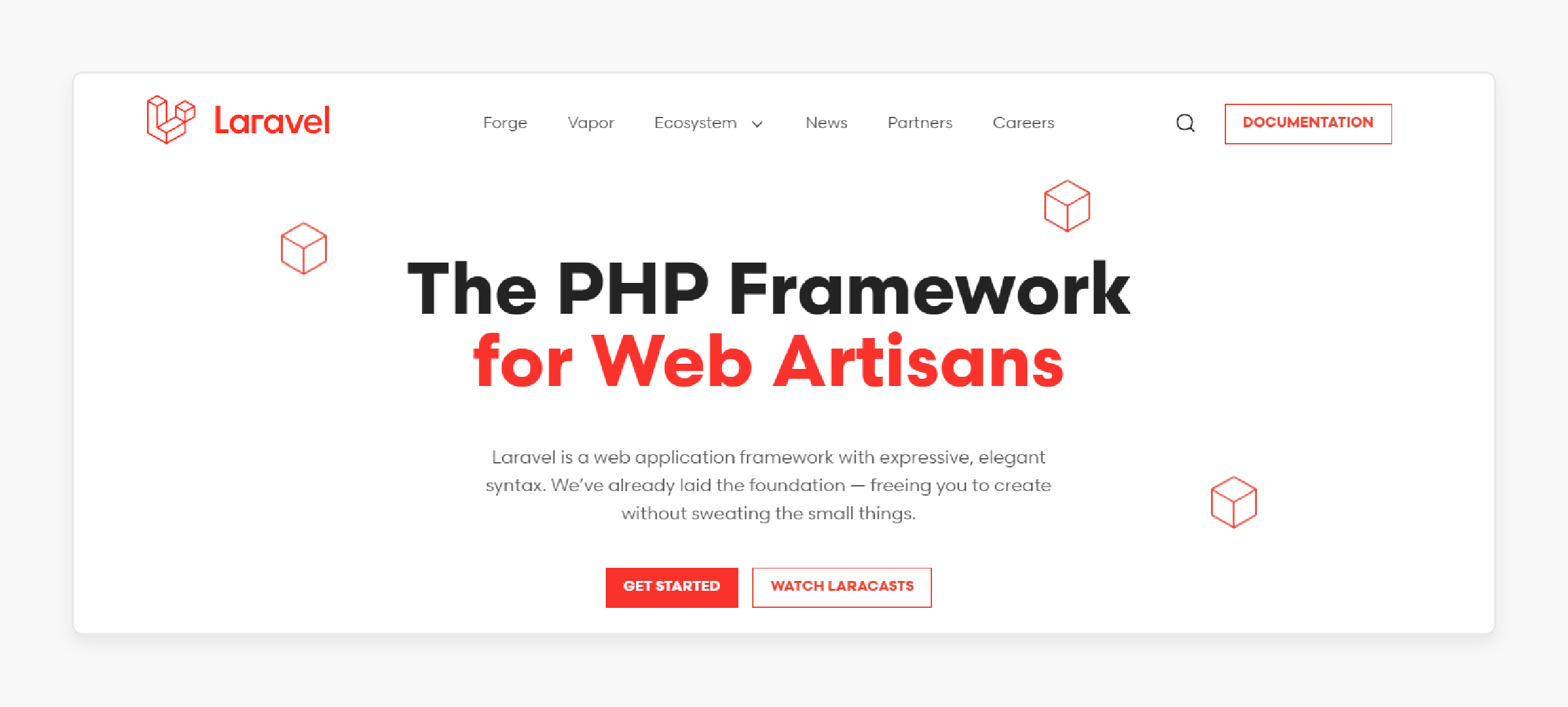
Laravel is a popular, open-source PHP framework designed to simplify web application development.
The PHP-based syntax framework follows the MVC (Model-View-Controller) architecture. It promotes organized and clean code. It provides built-in tools for:
-
Routing
-
Authentication
-
Caching
The eloquent orm-based coding makes database management straightforward. It allows easy interaction with data and relationships. It simplifies common tasks in development. Security features like CSRF protection and encryption help keep applications secure. It has a:
-
Large community support
-
Extensive documentation
-
Wide range of packages
It is a powerful choice for both beginner and experienced developers. They seek an efficient and flexible web development framework.
Key Differences Between Magento and Laravel
| Feature | Magento | Laravel |
|---|---|---|
| Purpose | Magento is built for e-commerce stores. It offers product management, inventory, and payment features. | Laravel is a general-purpose framework. It is used for building diverse web applications. |
| Architecture | It offers a complex and modular structure geared towards e-commerce. | It follows a more streamlined MVC (Model-View-Controller) architecture. |
| Customization | It is highly customizable for e-commerce. The ecommerce framework supports payment gateways and product catalogs. | It is extremely flexible. The framework is customizable for various types of applications. |
| Performance | It can be slower due to complexity. It is optimized with caching solutions like Varnish. | It is lightweight and generally faster. The performance depends on the specific setup. |
| Scalability | It is designed for large-scale e-commerce. It supports multi-store and high-product volume. | It is scalable with custom setups. It requires more configuration for e-commerce |
| Community & Ecosystem | It focuses on e-commerce extensions and plugins for retail needs. | It offers a broad ecosystem with packages for APIs and authentication. |
| Security | It offers built-in e-commerce security. These include PCI compliance and payment security. | It offers CSRF protection, encryption, and general web security. |
Similarities Between Laravel and Magento
1. Open-Source Frameworks
-
Laravel and Magento are both open-source. Experts can view, modify, and distribute their source URLs.
-
The open access makes both frameworks highly adaptable. It gives experts the freedom to:
1. Build custom features
2. Fix bugs
3. Improve application performance
-
It has encouraged the growth of large developer communities around both platforms.
2. PHP-Based Development
-
Both are written in PHP. They share a common language foundation. It helps developers with PHP skills to work across both platforms.
-
Laravel provides a streamlined PHP environment for building powerful web applications.
-
Magento is a PHP-based e-commerce solution designed to handle the complexities of online retail.
-
The shared PHP foundation enables:
1. Easy integration with PHP libraries
2. Faster learning curves for PHP developers
3. Smooth implementation of common PHP-based tools
3. MVC Architecture
-
Both use the Model-View-Controller (MVC) architectural pattern. It separates application components into three interconnected parts:
1. Model: Manages data and business logic.
2. View: Handles presentation and display of data.
3. Controller: Acts as an intermediary between Model and View.
-
The MVC architecture allows experts to isolate the data layer from the UI. It makes applications easier to debug, maintain, and extend.
4. Extensibility and Customization
-
Both offer extensive customization capabilities through modules and plugins:
-
Laravel supports packages that experts can install via Composer. It provides access to reusable components for tasks like:
1. Authentication
2. Data handling
3. Payment processing
-
Magento has an official Magento Marketplace with extensions. They cover a wide range of e-commerce functionalities. These include enhancements to customer experience and complex inventory management tools.
5. Object-Oriented Programming (OOP)
-
Both follow object-oriented programming (OOP) principles.
-
The approach encourages the creation of modular and reusable URLs that:
1. Enhances link readability and simplifies debugging.
2. Facilitates the reusability of components.
3. Ensures flexibility, allowing experts to extend or override functionality.
6. Command Line Interface (CLI) Tools
-
Both come with command-line interfaces to streamline development:
-
Laravel’s Artisan CLI supports creating controllers and database migrations. It helps manage scheduled tasks. It speeds up application setup and reduces boilerplate code.
-
Magento CLI allows administrators to handle tasks like:
1. Clearing cache
2. Reindexing data
3. Managing modules
4. Upgrading the application
-
It allows developers to execute commands quickly without navigating through complex menu structures.
7. Security Measures
-
Both frameworks prioritize security by offering built-in protections:
-
Laravel includes security features like:
1. Cross-Site Request Forgery (CSRF) protection
2. Input sanitization
3. User authentication packages
-
These advanced features help prevent vulnerabilities such as SQL injection and cross-site scripting.
-
Magento supports SSL, offers regular security patches, and provides features like:
1. Two-factor authentication (2FA)
2. Role-based permissions
3. Encryption for sensitive data
-
This helps the business environment where handling customer data securely is essential.
Top 3 Magento 2 Solutions
1. Magento Commerce

Magento Commerce, also known as Adobe Commerce, is a premium, cloud-based version of Magento.
Key Features:
-
AI-driven product recommendations allow for dynamic content personalization based on user behavior.
-
Advanced analytics and reporting provide detailed insights into:
1. Customer behavior
2. Sales trends
3. Marketing impact
-
Handles large product catalogs and peak seasonal traffic with ease.
It is ideal for businesses needing a powerful, scalable solution that can handle complex customer demands.
2. Magento Open Source
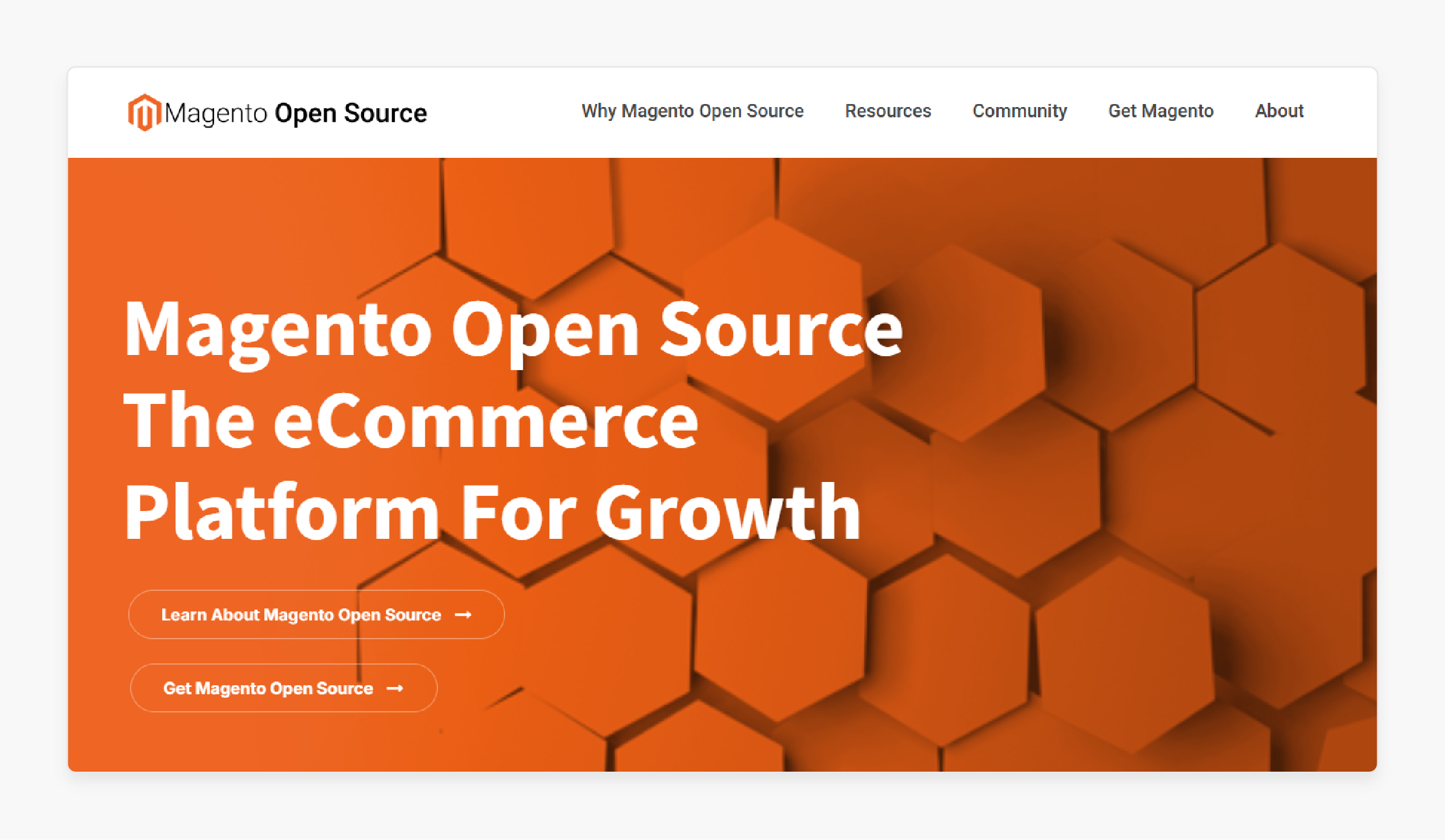
Magento Open Source is a free, self-hosted version. It provides flexibility and customizability without a hefty upfront investment. It is popular among small and medium-sized businesses. It allows them to build custom online stores with essential eCommerce functionality.
Key Features:
-
Flexible product management supports various product types.
-
Offers thousands of third-party extensions for shipping, payments, and SEO.
-
Backed by a large, active developer community for resources and updates.
It is ideal for budget-conscious businesses that need a customizable platform. It eliminates the cost incurred for a managed solution.
3. Magento Extensions
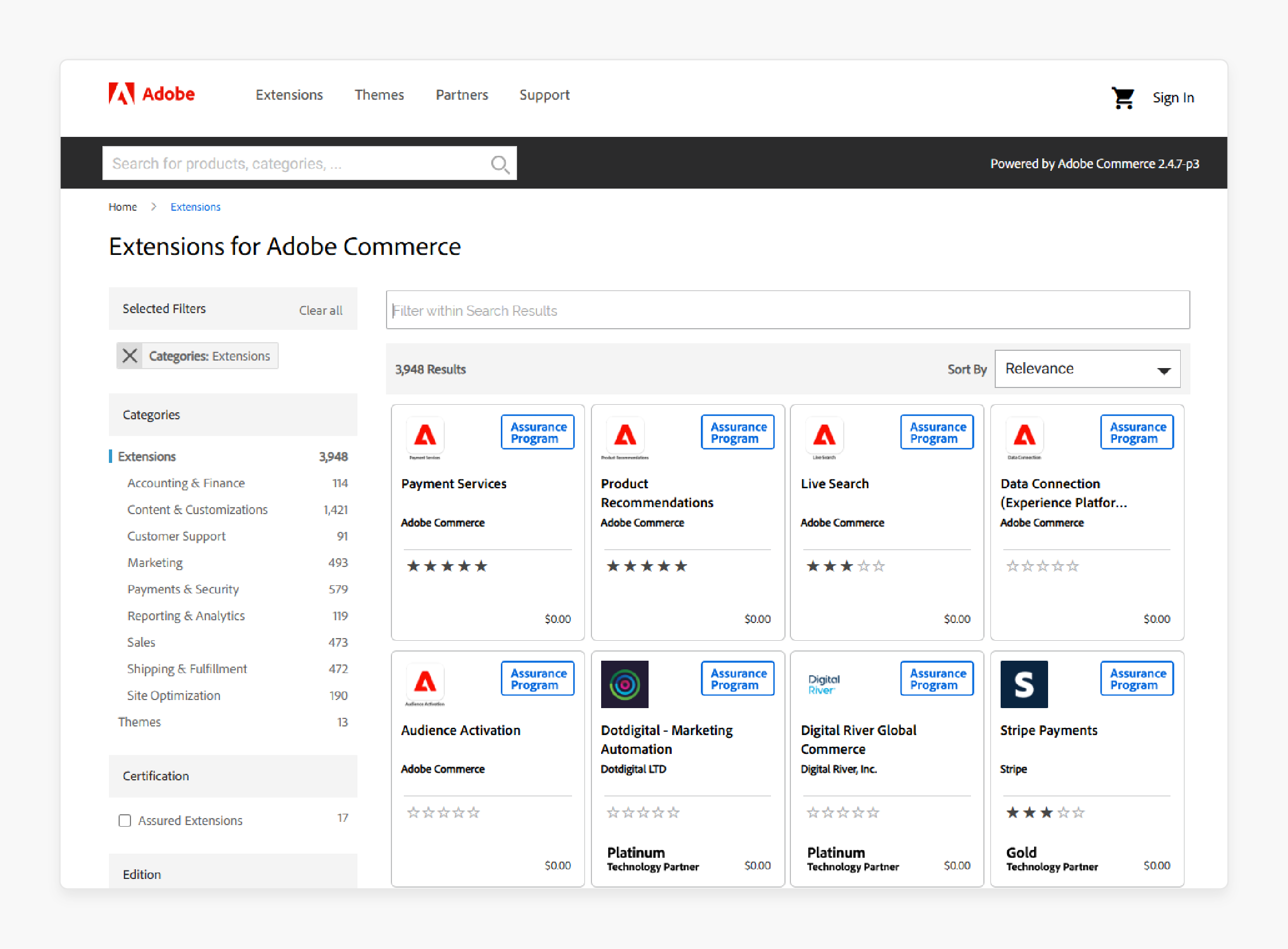
Extensions help Magento users tailor their store functionality to their unique needs. These are available on the Magento Marketplace. These add-ons provide enhancements for:
-
SEO
-
Marketing
-
Customer service
Key Features:
-
Improve Magento’s search engine optimization, from technical SEO adjustments to structured data.
-
Create a streamlined, visually appealing user experience.
-
Simplify checkout, payment options, and logistics. It also improves conversion rates.
It is ideal for store owners looking to optimize their Magento store with tools targeted to specific operational needs.
Top 3 Laravel Solutions
1. Laravel Nova
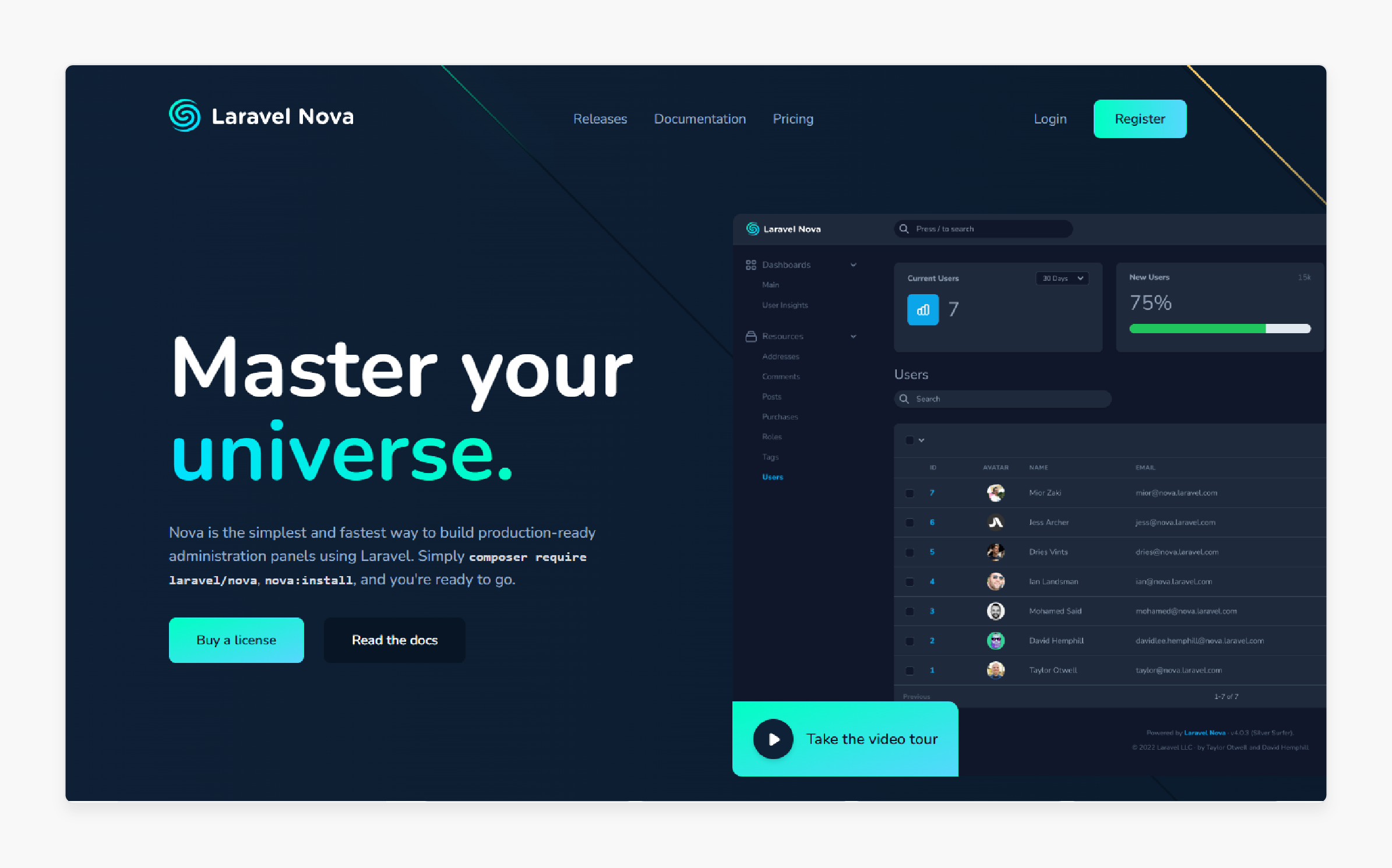
Laravel Nova is a premium admin panel tool designed for Laravel applications. It is known for its user-friendly interface and development flexibility. Nova lets developers create, manage, and interact with database records with minimal configuration.
Key Features:
-
Easily manage users and posts with Nova’s out-of-the-box CRUD functionality.
-
Set up filters and custom fields to tailor the admin experience to specific use cases.
-
Specifically designed to work effortlessly within the Laravel ecosystem.
It is ideal for developers who need a powerful, customizable back-end management solution. They don’t need to build an admin panel from scratch.
2. Laravel Spark
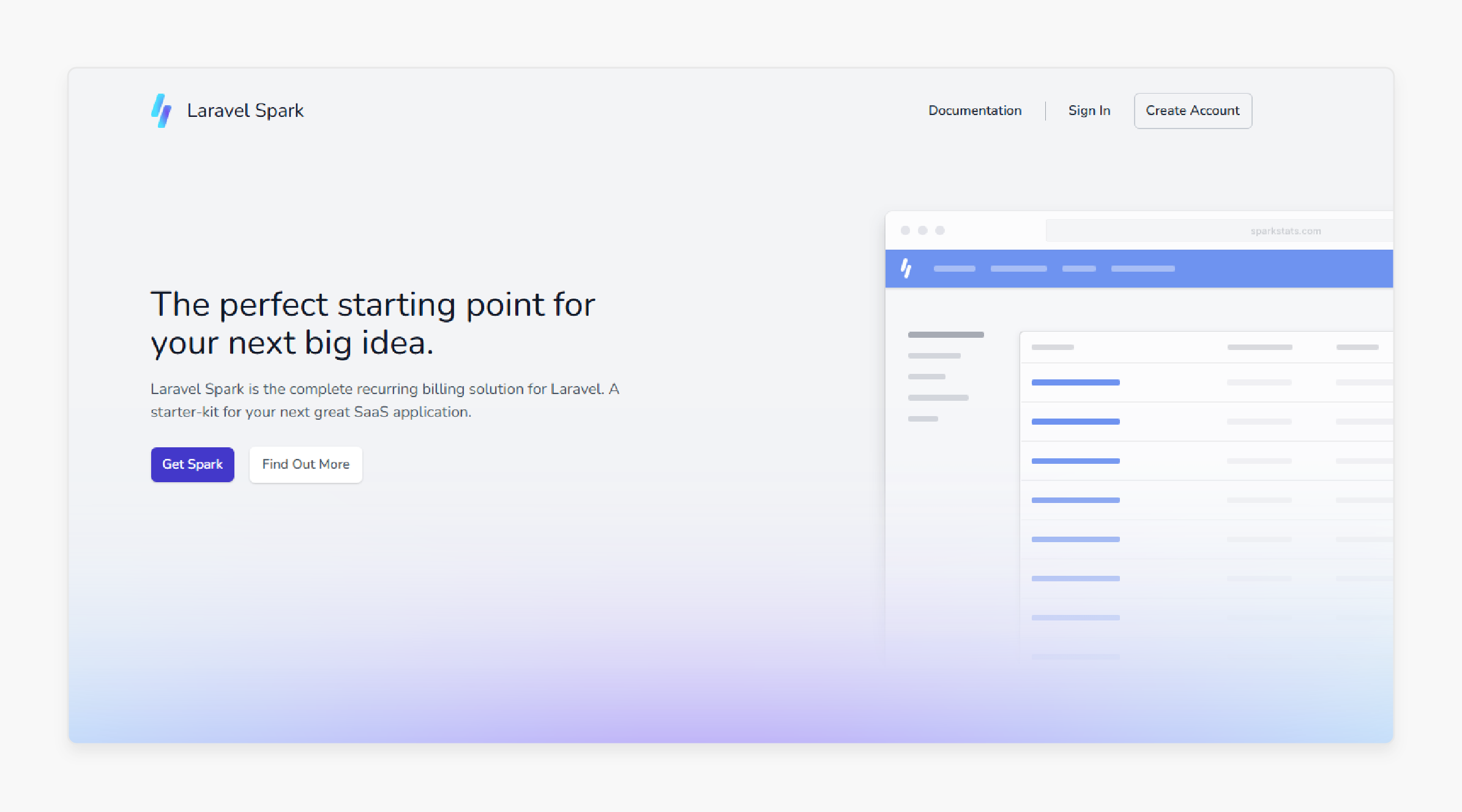
Laravel Spark is a toolkit specifically for SaaS application development. Spark simplifies recurring billing with Laravel. It removes the need to build billing logic from scratch.
Key Features:
-
Manage user subscriptions, permissions, and team billing with ease.
-
Built-in support for two major payment processors, stripe and paddle. It simplifies the billing process.
-
Easily configure various pricing options, making it ideal for SaaS.
It is ideal for SaaS startups or developers building subscription-based applications. They are those who want to expedite development.
3. Laravel eCommerce Packages
Laravel’s eCommerce packages offer solutions for building online stores. It also helps handle essential functions. These packages offer out-of-the-box functionality while retaining Laravel’s signature flexibility.
Key Features:
-
Controls the storefront with customizable templates and product features.
-
Handle orders, shipping, and inventory.
-
Integrates with major payment providers like PayPal and Stripe.
It is ideal for businesses wanting a customized solution within the Laravel ecosystem. Best for developers seeking a Laravel-based alternative to traditional ecommerce platforms.
How to Choose the Best Ecommerce Development Framework
| Criteria | Laravel | Magento |
|---|---|---|
| Primary Use | It is a general-purpose framework suitable for custom applications. | It is a specialized platform built specifically for online stores. |
| Customization | It allows custom features and integrations tailored to unique needs. | It is customizable but optimized for eCommerce. It limits certain flexibility. |
| Ease of Development | It requires experienced developers for custom features. | It offers a faster setup with pre-built features and admin tools. |
| Built-in Features | It offers minimal out-of-the-box features. | It offers comprehensive features. These include product management, checkout, and promotions. |
| Security and Compliance | It offers standard security features. Additional custom Magento development is needed for compliance. | It offers high security with eCommerce-specific features. These include PCI-compliant architecture and regular patches. |
| Performance | It requires optimization with tools like Redis or Memcached for best results. | It offers high performance with built-in caching. It is especially for enterprise-level ecommerce websites. |
| Third-Party Integrations | It supports API-based integrations. It offers flexibility for custom solutions. | It supports an extensive marketplace of pre-built integrations. These are for CRM, payment, and shipping solutions. |
| Cost | It is free and open-source. Cost mainly comes from custom development. | Open Source version is free. Adobe Commerce is paid and targeted at larger businesses. |
| Developer Ecosystem | It offers a large Laravel developer community with customization resources. | It offers a strong developer and vendor ecosystem with Magento-certified extensions and tools. |
| SEO Tools | It is customizable but requires additional setup. | It offers built-in SEO features. Extensions offer advanced optimization. |
| Best For | Custom applications, SaaS products, or unique experiences. | Standard to complex stores, ideal for medium to large businesses. |
FAQs
1. What is the difference between Laravel and Magento?
Magento is a specialized platform that offers built-in tools for products. Laravel is a much-needed framework that has a general purpose. It offers flexibility for varied web applications, including but not limited to eCommerce.
2. Is Laravel or Magento better for my business needs?
Magento provides extensive features tailored for online retail. It is ideal as a solution for medium to large stores. Laravel offers flexibility for custom development. It is better suited if you need a broader range of web applications beyond eCommerce.
3. Why use Magento over Laravel for an online store?
Magento allows powerful business functionality right out of the box. It includes support for multiple storefronts, complex inventory, and payment solutions. Laravel is a general-purpose framework for your business that requires custom development.
4. Which is the best PHP framework for eCommerce: Magento or Laravel?
Magento vs Laravel both have unique strengths. Magento Commerce is one of the most popular business solutions, and it has a marketplace of extensions. Laravel provides a highly flexible environment for custom solutions.
Summary
Magento vs Laravel are popular PHP-based frameworks but serve different purposes. The articles uncover several platforms comparing these two platforms, including:
-
Laravel is general-purpose; Magento specializes in eCommerce.
-
Both use MVC, but Magento is modular for retail needs.
-
Laravel is highly flexible, while Magento is optimized for eCommerce setups.
-
Both prioritize security; Magento adds PCI compliance for safe transactions.
Ready to boost your eCommerce store with a reliable platform between Laravel vs Magento? Discover the advantages of Managed Magento Hosting for optimized performance.



